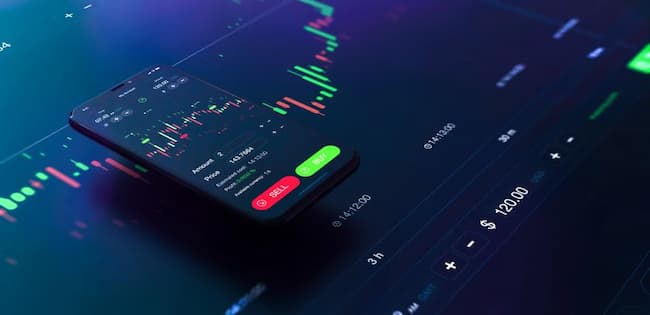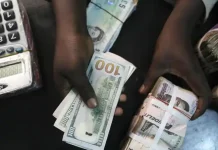The American Dollar, on Tuesday, August 8, slipped back, but held on to most of its gains from last week’s strong U.S. jobs data despite doubts that the Federal Reserve will hike rates again in 2017.
The greenback had slumped to 15-month lows against its broad index .DXY last week after weak data bolstered the view that, having already increased interest rates twice this year, the Fed would now stay put until next year.
But Friday’s bumper labor market data challenged that view, handing the dollar its best day so far this year. Since then it has slipped around half a percent and is less than 1 percent away from last week’s lows.
“We’ve come to an interesting juncture with respect to the dollar because it’s been on the backfoot all year – it’s been the weakest-performing G10 currency – and we’ve come to a position where the market is now short,” Rabobank currency strategist Jane Foley in London said.
“You can argue that a lot of the good news that was put into the dollar at the end of the year is now out of the price. Does that mean the dollar is now more sensitive to better news?”
The dollar soared to 14-year highs at the start of 2017 on the so-called “Trumpflation trade”, with investors betting on pro-growth, inflation-boosting policies from the new president. But those bets have been unwound as doubts over Donald Trump’s ability to govern effectively have grown.
Markets are pricing in a less than 50 percent chance that another Fed hike will come in 2017, and comments from rate-setters at the central bank did little to change investors’ minds on that on Monday.
U.S. producer prices for July, due on Thursday, and consumer price index figures on Friday are likely to draw closer attention and will give investors a clue about the extent to which a stronger labor market is spilling over into inflation.
Investors are also awaiting clues as to when the Fed will begin shrinking its $4.2 trillion bond portfolio.














